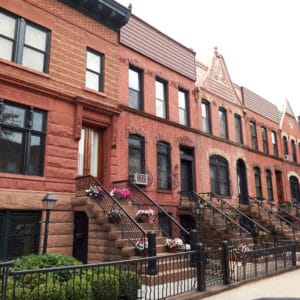A commercial property insurance program provides a minimum of property and liability coverage. In some cases other lines of coverage may apply. For example, workers comp, commercial auto, inland marine, directors and officers and even employers practice liability. When underwriting any type of investment property we look at the overall use or risk profile of the property. Based on the risk profile, a rate is determined and used for quoting both the property and liability. If a building’s risk profile is thought to be too “risky” some carriers may not be able to offer terms or exclude/endorse the policy to remove specific types of coverage.
In considering your property coverage, there are many factors that come into consideration beyond the physical attributes of the property. If the commercial tenants tend to be of higher risk, such as a restaurant or an on-site dry-cleaning facility, this could affect the premium and the number of insurance companies able to quote. If the tenant type is considered to be of higher risk, then the construction type and life safety systems become of higher importance like sprinkler systems and fire alarms.
The general liability is also based on the type and use of the property. An apartment building has a predictable risk characteristic. Residential buildings typically have a low to moderate risk profile based on standard residential activity. When you add the mixed-use component, commercial tenants, to the underwriting equation it tends to increase the nature of the risk. A commercial tenant can generate a higher volume and different type of activity within and around the building, thereby creating a different risk profile. If the nature of business for a commercial tenant is considered a higher risk, such as wood working, auto repair, bars/restaurants and night clubs, some carriers may not be able to offer terms.

In summary when underwriting any type of investment property, we look at the overall risk profile of the building. Based on the risk profile of the property, we work with carriers that have an appetite for your type of building. As a standard apartment building, the risk is predictable. As you add the mixed-use component into the underwriting equation it can affect which insurance companies are willing to quote and the rates that will be applied to accommodate the increased risk. In some cases, the incremental cost for the mixed-use building is negligible compared to a standard apartment building. However, if the mixed-use component creates a higher risk profile it will increase the cost of insurance and maybe reduce the number of carriers available. In considering your insurance policy, make sure you understand all aspects of your building to ensure you receive the right type of coverage.



